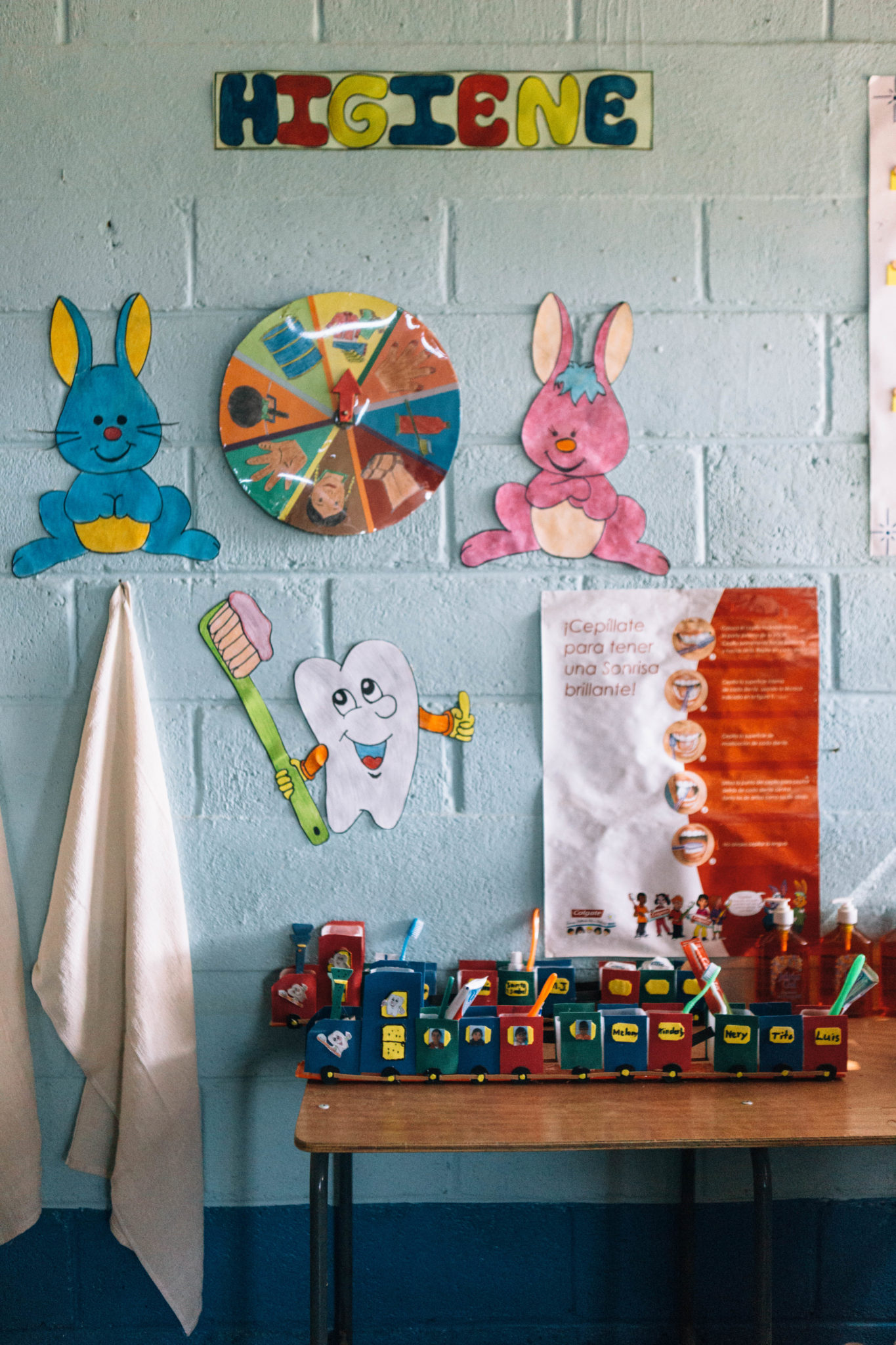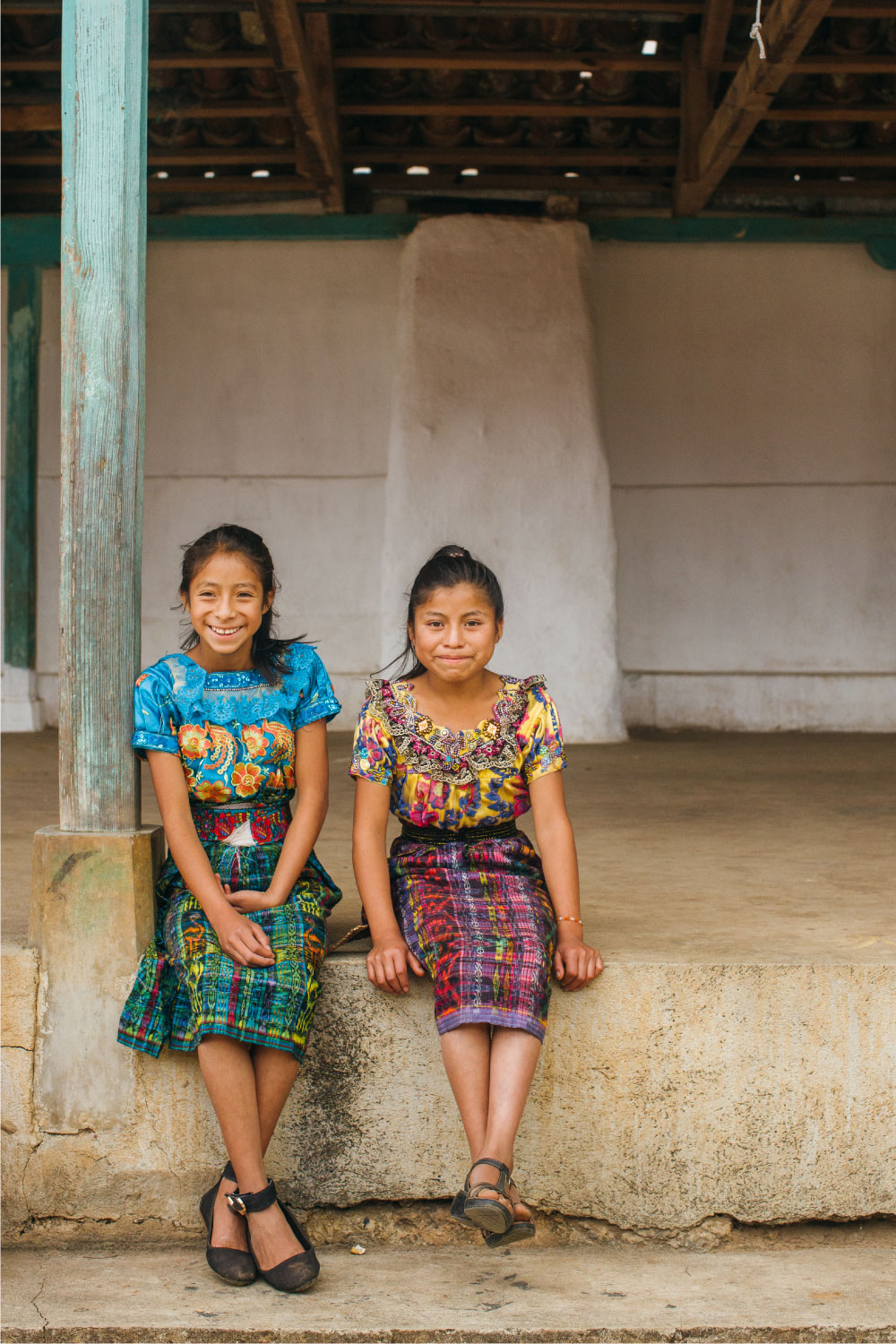Guatemala
Population: 16.91 million
Rural access to basic water services: 44%1
Rural access to basic sanitation services: 51%2
everyone forever
districts: 4
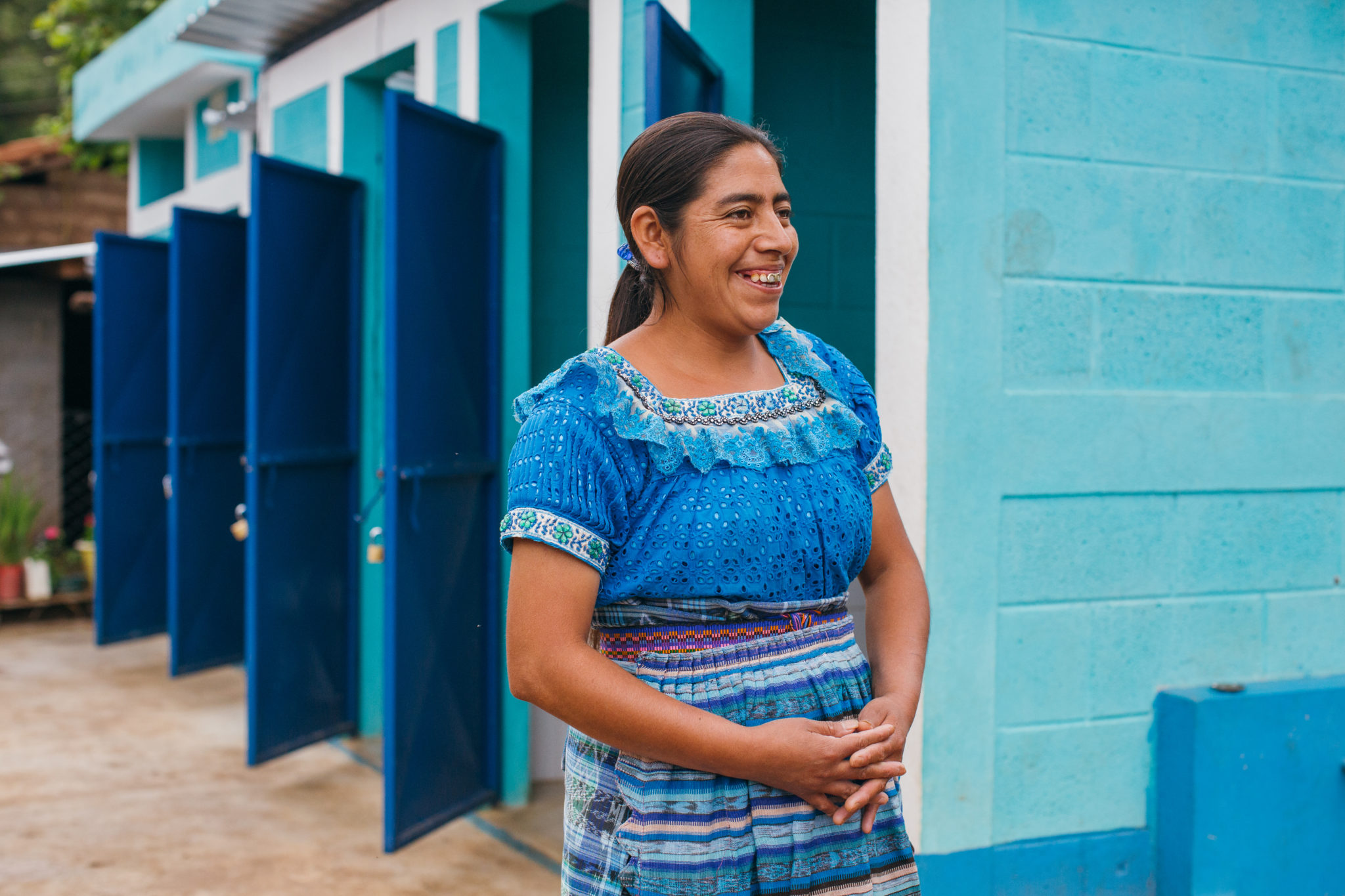
Water For People in Guatemala
Guatemala is the most populous country in Central America, and its people are proud of their shared Mayan heritage. The country is diverse, with over 24 languages spoken. Unfortunately, food insecurity and malnutrition are widespread in Guatemala, and 59% of the population live below the national poverty line.³
Water For People started working in Guatemala in 1997. In 2007 we began to focus our efforts only in the department (or state) of El Quiché, which was selected due to its high level of poverty and high need for water and sanitation services.
Helping Guatemalans bring water, sanitation, and hygiene to their communities
WATER
Water For People constructs piped water supply systems and works with district governments to train communities to maintain those systems for the long term. These trainings focus on topics like calculating and collecting payment for water, testing water quality, and monitoring service levels. In Guatemala, we also partner with the One Drop Foundation to implement social art programming, which uses art and theater to promote safe water, sanitation, and hygiene practices.
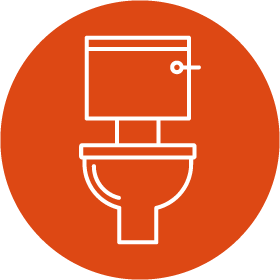
SANITATION
We promote a market-based approach to sanitation, which means families invest in their own household toilets that meet their preferences and needs. We make sure sanitation products and services are locally available, so families have the materials they need to build better bathrooms. We also support local microfinance companies that provide small loans for household sanitation improvement. For families who may not have enough resources to apply for a loan, we promote self-construction of bathrooms.
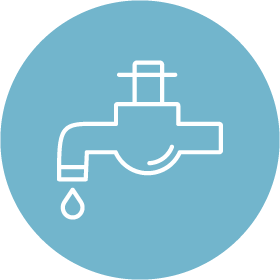
SCHOOLS AND HYGIENE
We treat schools in Guatemala as part of the wider community, so each school project is combined with education in the community to ensure that good hygiene practices learned in schools are reinforced at home. Guatemala was the first country to implement Hygiene Corners in classrooms, which are specific areas dedicated to students’ personal hygiene. Hygiene Corners promote and reinforce good hygiene habits like handwashing and toothbrushing.

